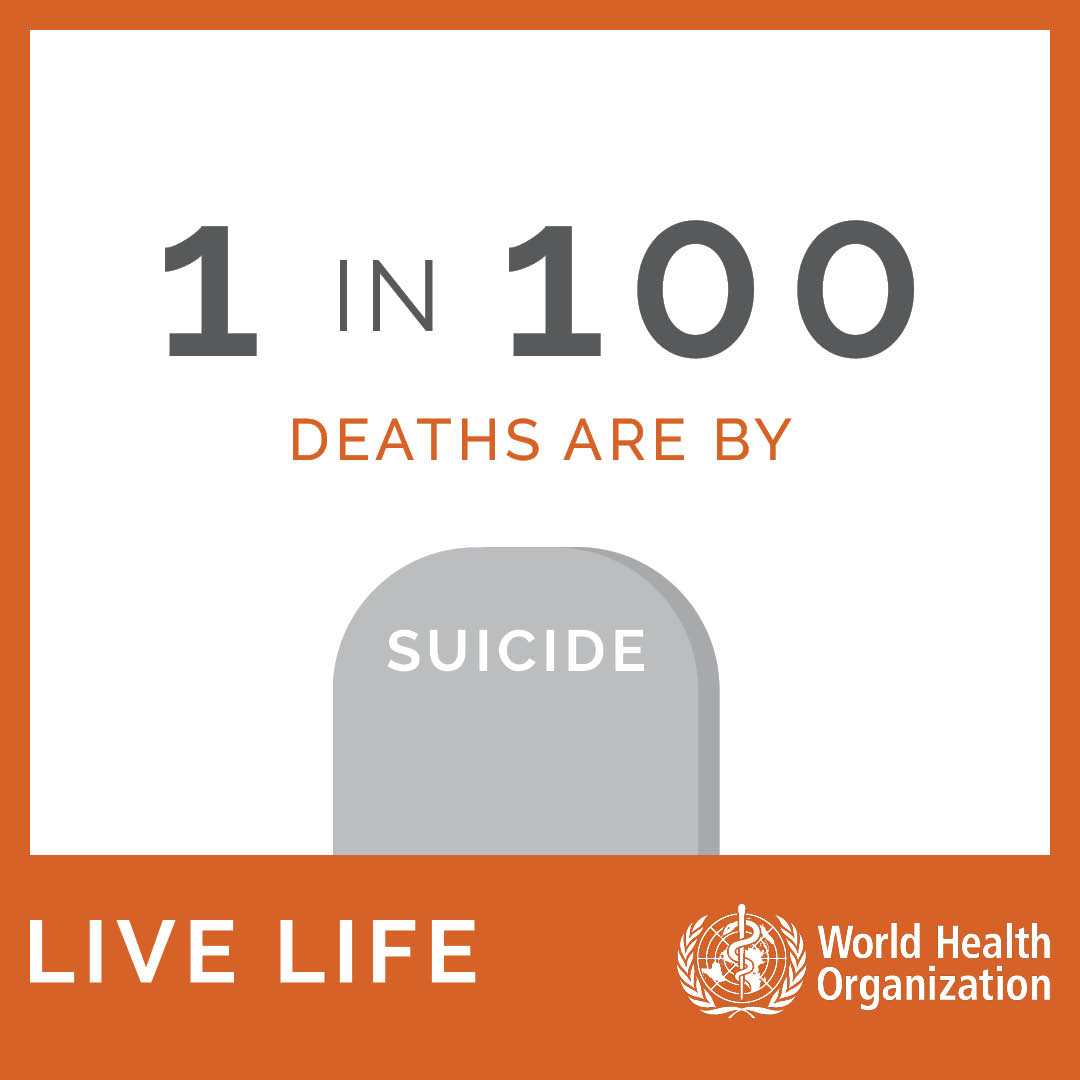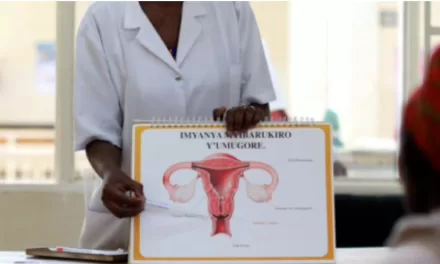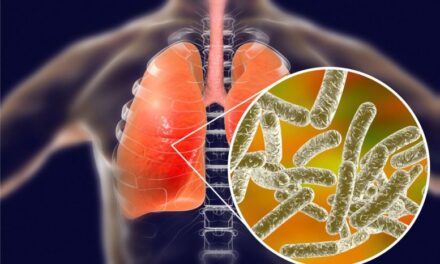World Suicide Prevention Day 2021
World Suicide Prevention Day (WSPD), celebrated annually on 10 September, is organized by the International Association for Suicide Prevention (IASP) and endorsed by the World Health Organization (WHO). The event represents a global commitment to focus attention on suicide prevention.
The theme of WSPD 2021, “Creating hope through action,” reflects the need for collective, action to address this urgent public health issue. All of us- family members, friends, co-workers, community members, educators, religious leaders, healthcare professionals, political officials and governments- can take action to prevent suicide in the Region.
Objectives
The overall goal of this day is to raise awareness about suicide prevention worldwide. Objectives include promoting stakeholder collaboration and self-empowerment to address self-harm and suicide through preventative action. These can be achieved through capacity building of healthcare providers and other relevant actors, positive and informative messaging aimed at the general population and at-risk groups such as young people, and facilitating open discussion on mental health at home, at school, in the workplace, etc. Those contemplating or affected by suicide are also encouraged to share their stories and seek professional help.
Key facts
- More than 700 000 people die due to suicide every year.
- For every suicide there are many more people who attempt suicide. A prior suicide attempt is the single most important risk factor for suicide in the general population.
- Suicide is the fourth leading cause of death in 15-19-year-olds.
- 77% of global suicides occur in low- and middle-income countries.
- Ingestion of pesticide, hanging and firearms are among the most common methods of suicide globally.

Every year 703 000 people take their own life and there are many more people who attempt suicide. Every suicide is a tragedy that affects families, communities and entire countries and has long-lasting effects on the people left behind. Suicide occurs throughout the lifespan and was the fourth leading cause of death among 15-29 year-olds globally in 2019.
Suicide does not just occur in high-income countries, but is a global phenomenon in all regions of the world. In fact, over 77% of global suicides occurred in low- and middle-income countries in 2019.
Suicide is a serious public health problem; however, suicides are preventable with timely, evidence-based and often low-cost interventions. For national responses to be effective, a comprehensive multisectoral suicide prevention strategy is needed.
Who is at risk?
While the link between suicide and mental disorders (in particular, depression and alcohol use disorders) is well established in high-income countries, many suicides happen impulsively in moments of crisis with a breakdown in the ability to deal with life stresses, such as financial problems, relationship break-up or chronic pain and illness.
In addition, experiencing conflict, disaster, violence, abuse, or loss and a sense of isolation are strongly associated with suicidal behaviour. Suicide rates are also high amongst vulnerable groups who experience discrimination, such as refugees and migrants; indigenous peoples; lesbian, gay, bisexual, transgender, intersex (LGBTI) persons; and prisoners. By far the strongest risk factor for suicide is a previous suicide attempt.
Methods of suicide
It is estimated that around 20% of global suicides are due to pesticide self-poisoning, most of which occur in rural agricultural areas in low- and middle-income countries. Other common methods of suicide are hanging and firearms.
Knowledge of the most commonly used suicide methods is important to devise prevention strategies which have shown to be effective, such as restriction of access to means of suicide.
Prevention and control

Suicides are preventable. There are a number of measures that can be taken at population, sub-population and individual levels to prevent suicide and suicide attempts. LIVE LIFE, WHO’s approach to suicide prevention, recommends the following key effective evidence-based interventions:
- limit access to the means of suicide (e.g. pesticides, firearms, certain medications);
- interact with the media for responsible reporting of suicide;
- foster socio-emotional life skills in adolescents;
- early identify, assess, manage and follow up anyone who is affected by suicidal behaviours.,
These need to go hand-in-hand with the following foundational pillars: situation analysis, multisectoral collaboration, awareness raising, capacity building, financing, surveillance and monitoring and evaluation.
Suicide prevention efforts require coordination and collaboration among multiple sectors of society, including the health sector and other sectors such as education, labour, agriculture, business, justice, law, defence, politics, and the media. These efforts must be comprehensive and integrated as no single approach alone can make an impact on an issue as complex as suicide.
Suicide Prevention Helplines in India:

Challenges and obstacles
 Stigma and taboo
Stigma and taboo
Stigma, particularly surrounding mental disorders and suicide, means many people thinking of taking their own life or who have attempted suicide are not seeking help and are therefore not getting the help they need. The prevention of suicide has not been adequately addressed due to a lack of awareness of suicide as a major public health problem and the taboo in many societies to openly discuss it. To date, only a few countries have included suicide prevention among their health priorities and only 38 countries report having a national suicide prevention strategy.
Raising community awareness and breaking down the taboo is important for countries to make progress in preventing suicide.
Data quality
Globally, the availability and quality of data on suicide and suicide attempts is poor. Only some 80 Member States have good-quality vital registration data that can be used directly to estimate suicide rates. This problem of poor-quality mortality data is not unique to suicide, but given the sensitivity of suicide – and the illegality of suicidal behaviour in some countries – it is likely that under-reporting and misclassification are greater problems for suicide than for most other causes of death.
Improved surveillance and monitoring of suicide and suicide attempts is required for effective suicide prevention strategies. Cross-national differences in the patterns of suicide, and changes in the rates, characteristics and methods of suicide, highlight the need for each country to improve the comprehensiveness, quality and timeliness of their suicide-related data. This includes vital registration of suicide, hospital-based registries of suicide attempts and nationally-representative surveys collecting information about self-reported suicide attempts.












